Pro Bike: Francesco Moser's 1979 Paris-Roubaix De Rosa
A closer look at the De Rosa that Francesco Moser rode to victory in the 1979 Paris-Roubaix
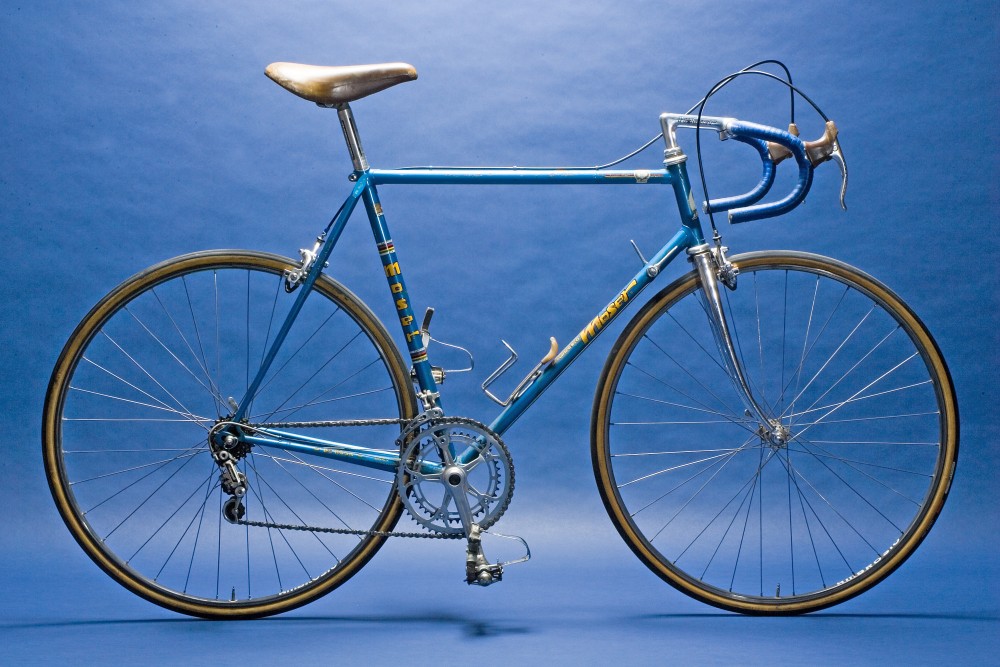
While modern pros will often switch onto special bikes for the unique demands of Paris-Roubaix, Moser just rode the same De Rosa that he used all year round
The 1990s were crazy times for bike designs, and the unique demands of Paris-Roubaix pushed bike manufacturers further than ever. Steve Bauer tackled the 1993 Classics seasons on an Eddy Merckx bike with a 60 degree seat angle and a 110cm wheelbase, while Johann Museeuw rode the 1994 Hell of the North on a full suspension Bianchi - or at least he did until the rear suspension packed up with the subsequent slow bike change taking him out of the front group.
>>> Is road bike suspension just a gimmick?
But long before this, riders were tackling the very same pavé on bikes that were little different from the machines that they rode for the rest of the season. Bikes like this, the De Rosa that Francesco Moser rode to victory in the 1979 Paris-Roubaix.
Built by De Rosa, but with Moser's name on the down tube, the bike is made from Colombus steel tubing and is equipped with a 6-speed Campagnolo Super Record groupset and Mavic Special Services des Courses wheels, topped with Vittoria Pave CG Servizio Corsa tyres that are a far cry from the 32mm tyres that we sometimes see used in the race nowadays.
>>> How they used to train: Francesco Moser's big gear hill intervals
However, those tyres did not serve Moser well in 1979, as he punctured while riding solo towards the finish in Roubaix. But a quick bike change meant he was not caught by his pursuers (Roger de Vlaeminck, Joop Zoetemelk, and Hennie Kuiper) finishing with a 40 second lead to take the second of three consecutive wins in Paris-Roubaix.

While modern pros will often switch onto special bikes for the unique demands of Paris-Roubaix, Moser just rode the same De Rosa that he used all year round
Francesco Moser's Paris-Roubaix winning De Rosa
The latest race content, interviews, features, reviews and expert buying guides, direct to your inbox!
While modern pros will often switch onto special bikes for the unique demands of Paris-Roubaix, Moser just rode the same De Rosa that he used all year round
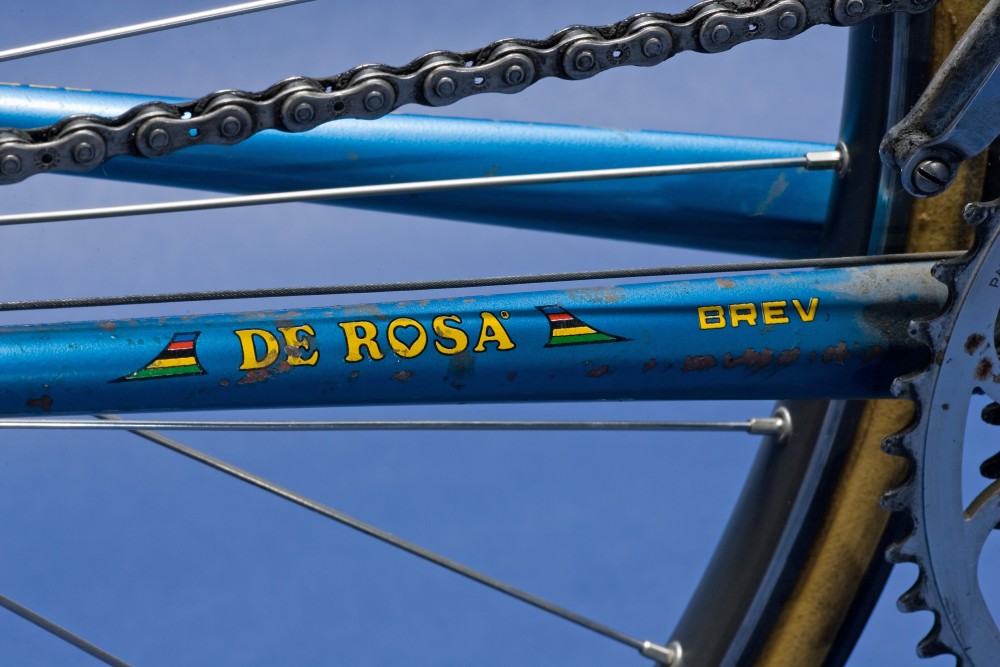
Despite the Moser branding on the down tube and seat tube, the frame was manufactured by De Rosa.
Made by De Rosa
Despite the Moser branding on the down tube and seat tube, the frame was manufactured by De Rosa.
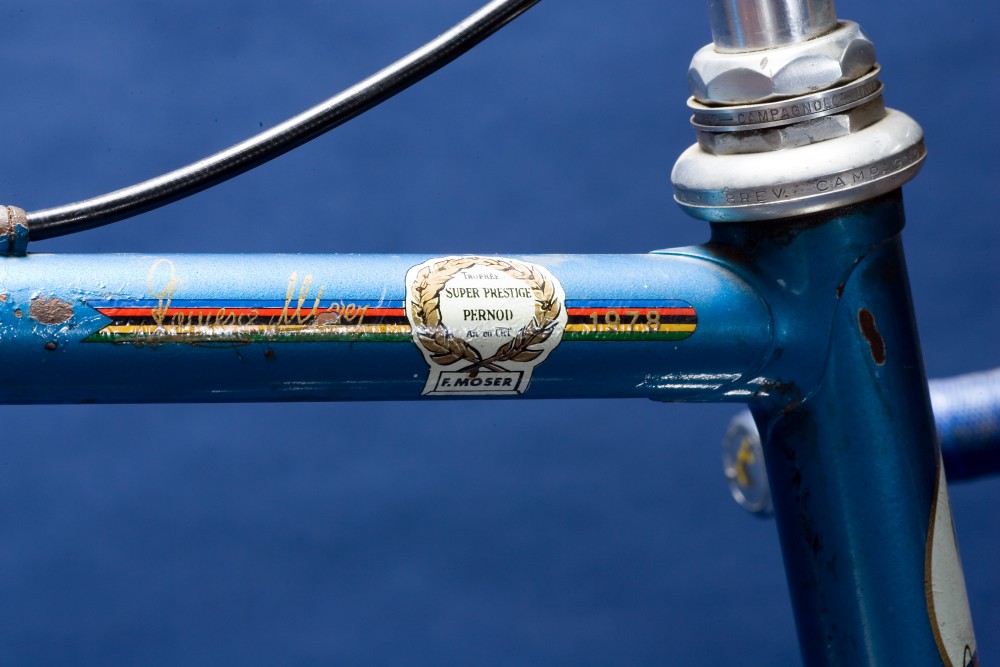
Moser was the 1978 winner of the Super Presitge Pernod award, a season long competition to decide the year's best rider
Super Prestige winner
Moser was the 1978 winner of the Super Presitge Pernod award, a season long competition to decide the year's best rider
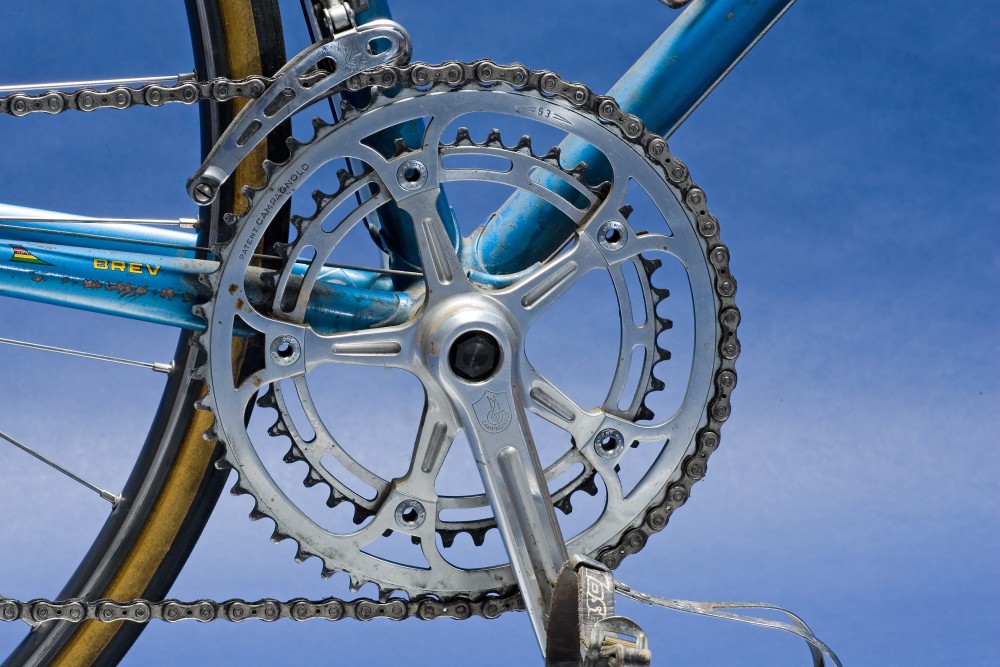
Despite his reputation as a supreme time triallist, Moser didn't opt for anything bigger than a 53t big ring
No compacts here
Despite his reputation as a supreme time triallist, Moser didn't opt for anything bigger than a 53t big ring
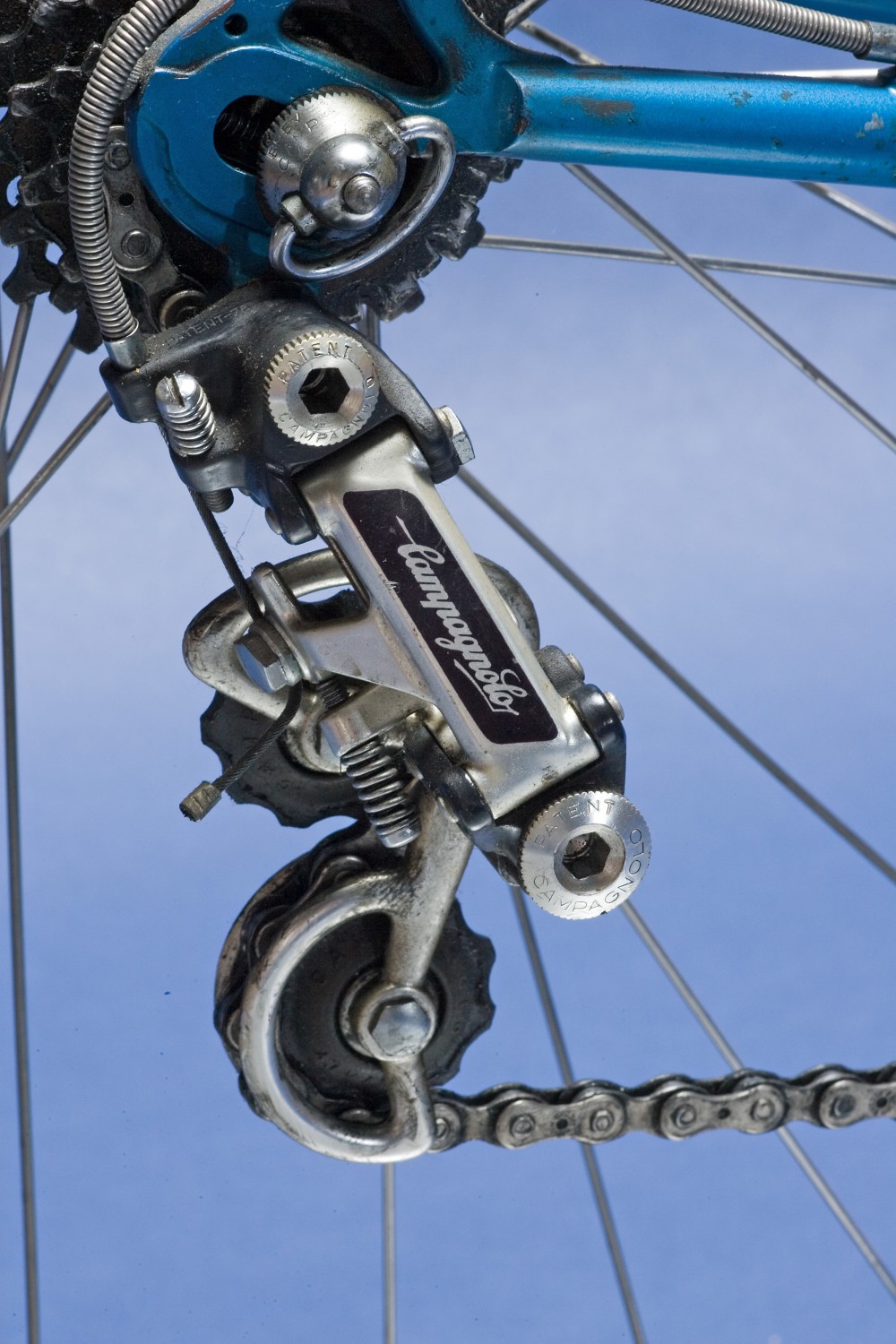
Campagnolo Super Record was only introduced in 1973, but would be gone again by 1987, only to retake its place at the top of the Campagnolo tree in 2008
6-speed Campagnolo Super Record
Campagnolo Super Record was only introduced in 1973, but would be gone again by 1987, only to retake its place at the top of the Campagnolo tree in 2008
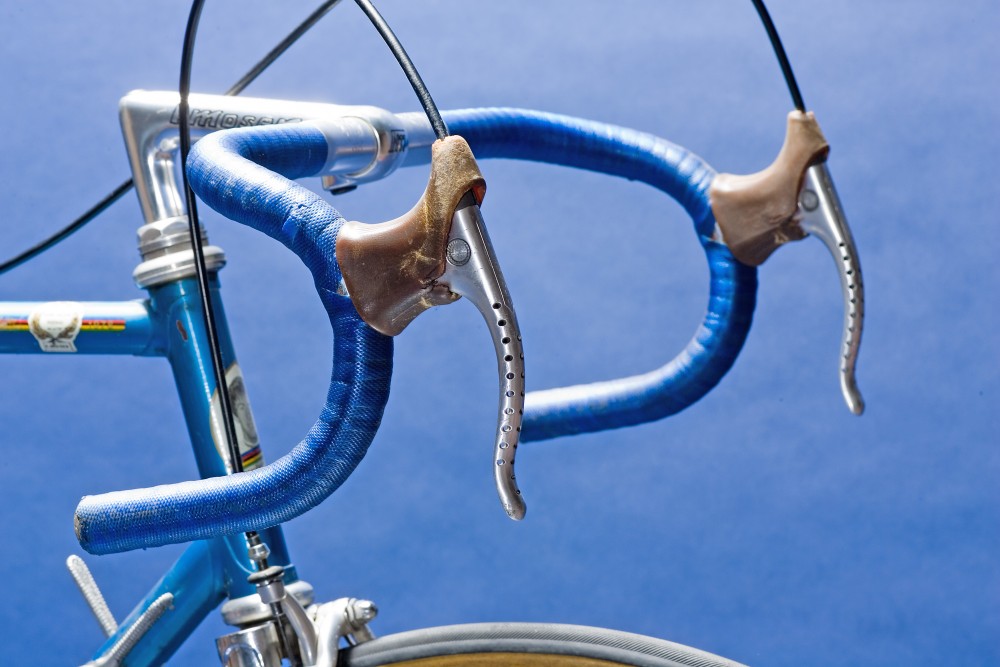
While today's riders can have shifters positioned in three different places on the bars, the riders of the 1970s had to make do with down tube shifters
Retro Campag brake levers
While today's riders can have shifters positioned in three different places on the bars, the riders of the 1970s had to make do with down tube shifters
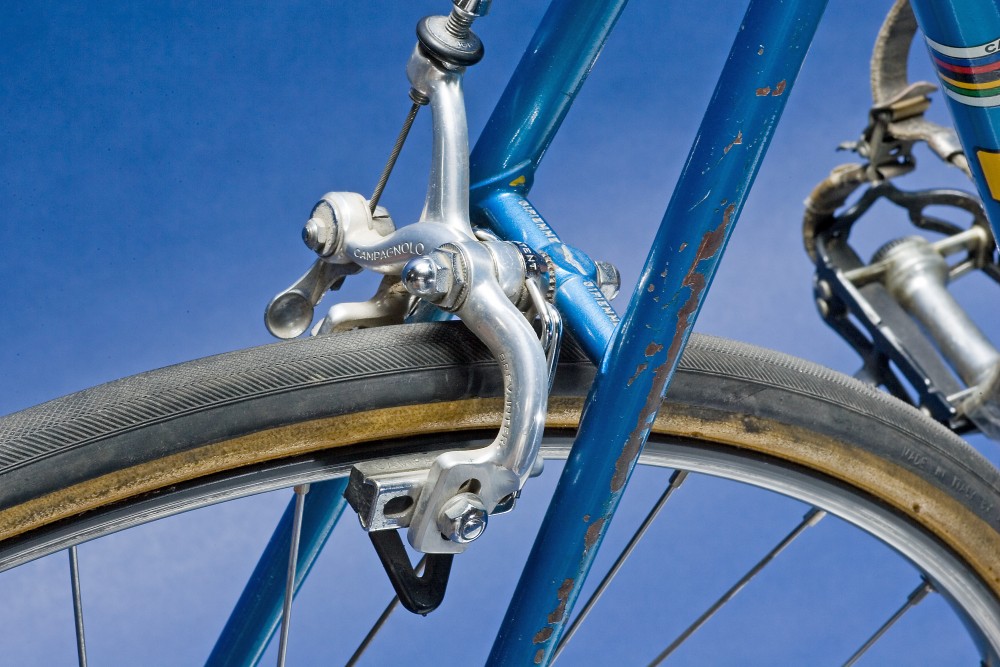
The technology has come a long way, but the aesthetics of the Campag brakes are still recognisable
Campagnolo Super Record brakes
The technology has come a long way, but the aesthetics of the Campag brakes are still recognisable
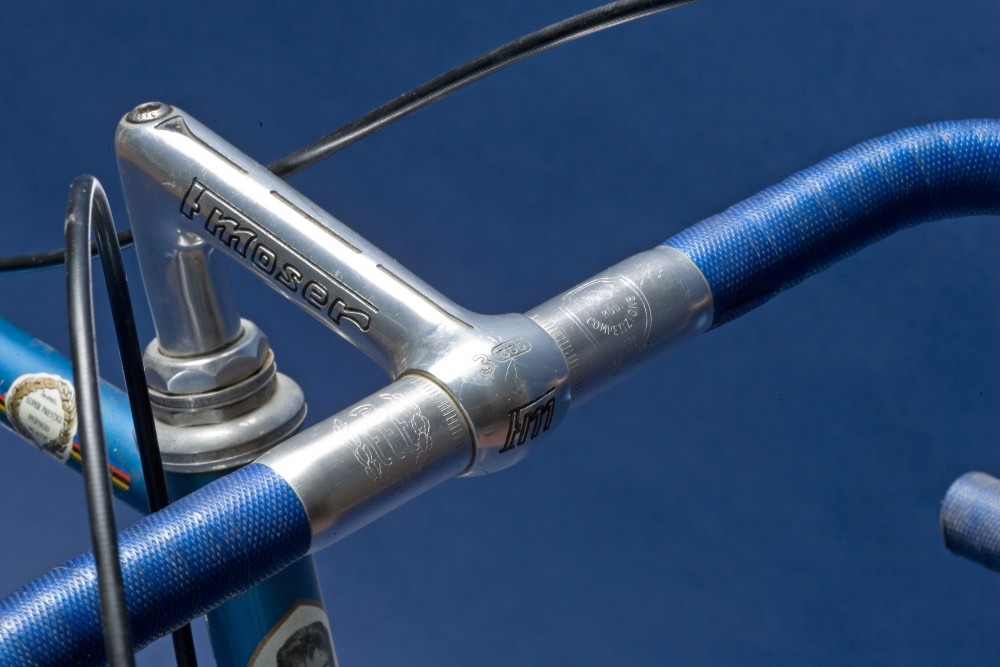
The quill stem and classic round bars gave Moser a low aerodynamic position for his solo ride to the line
Quill stem and steel bars
The quill stem and classic round bars gave Moser a low aerodynamic position for his solo ride to the line
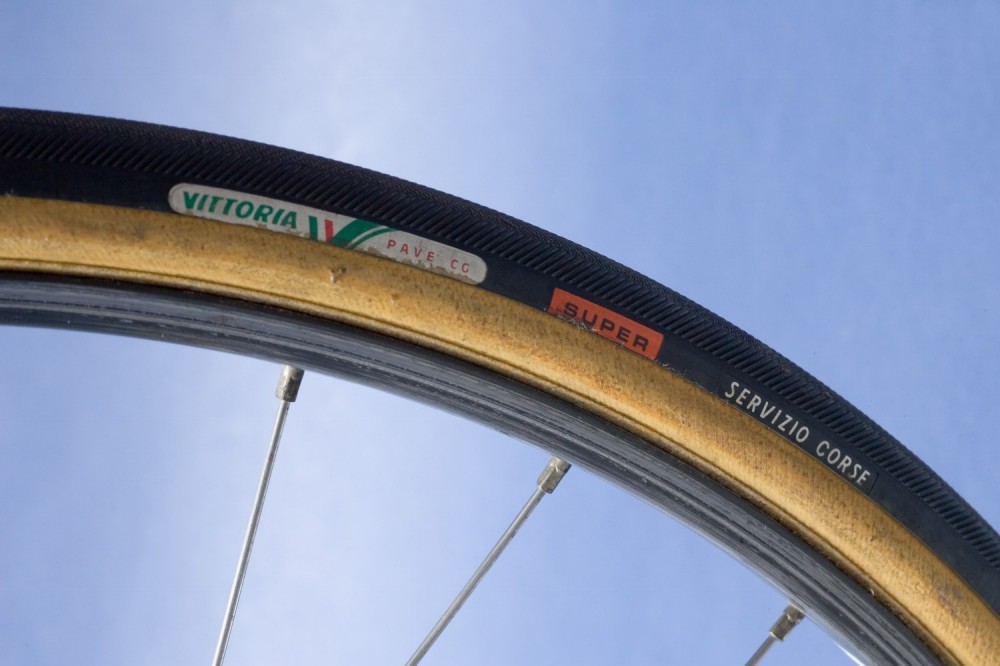
There's no sign of the 28mm or even 32mm tyres that most modern pros will use to tackle Roubaix, although that might explain the puncture that Moser suffered while on his solo break
Vittoria Pavé CG Servizio Corse tyres
There's no sign of the 28mm or even 32mm tyres that most modern pros will use to tackle Roubaix, although that might explain the puncture that Moser suffered while on his solo break
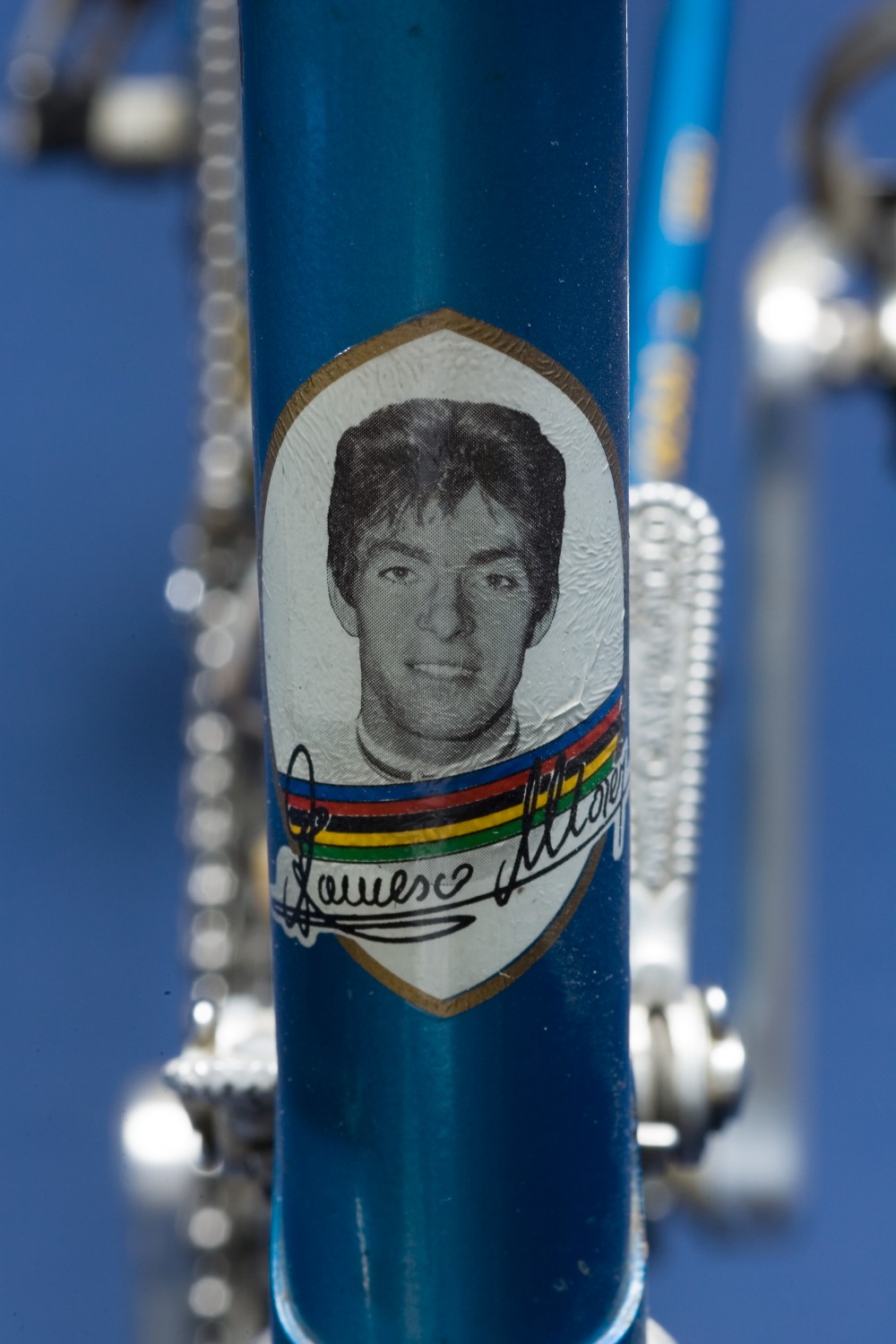
Not enough riders have a picture of themselves on their head tube nowadays...
The man himself
Not enough riders have a picture of themselves on their head tube nowadays...
Henry Robertshaw began his time at Cycling Weekly working with the tech team, writing reviews, buying guides and appearing in videos advising on how to dress for the seasons. He later moved over to the news team, where his work focused on the professional peloton as well as legislation and provision for cycling. He's since moved his career in a new direction, with a role at the Department for Environment, Food and Rural Affairs.